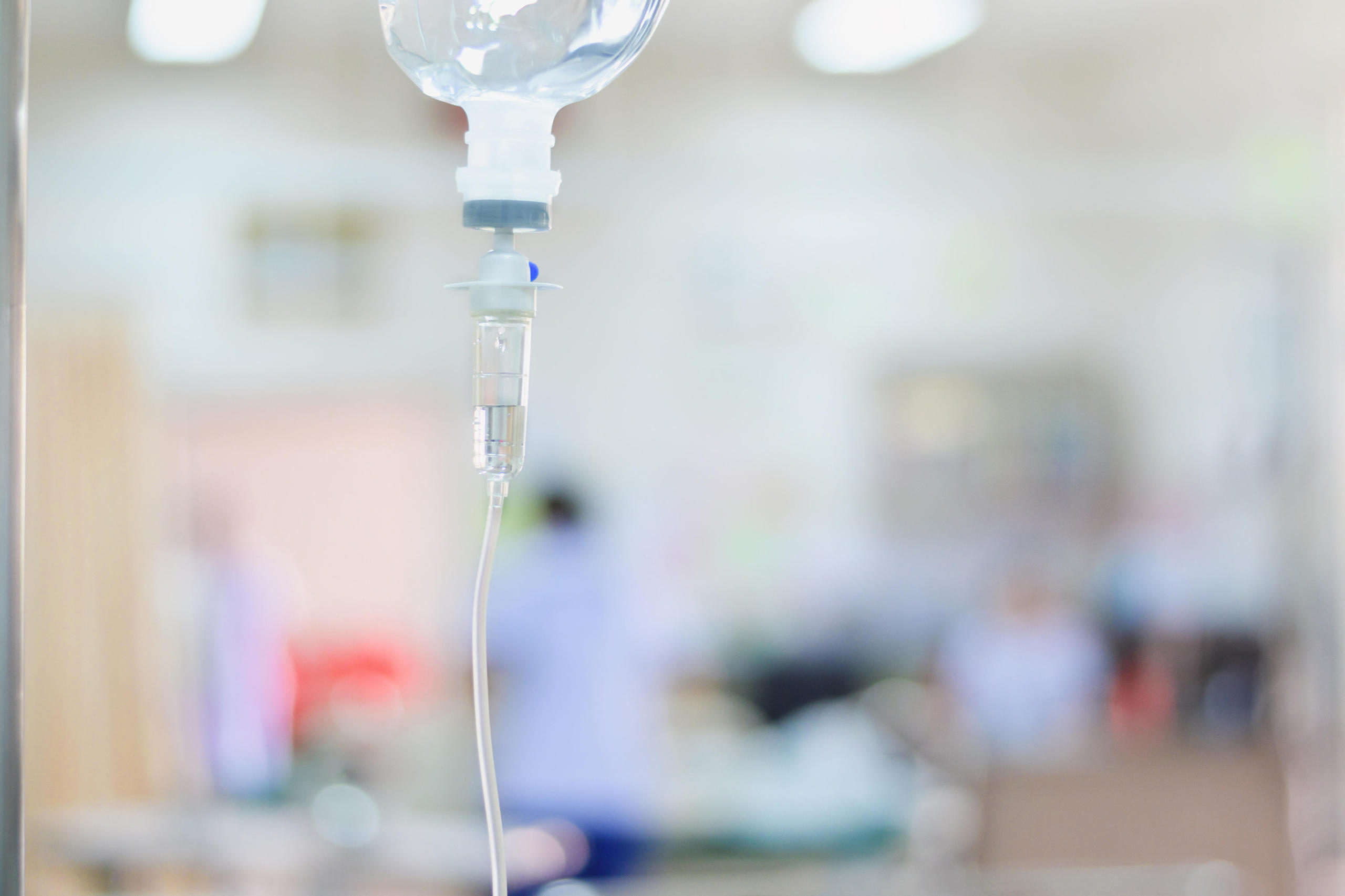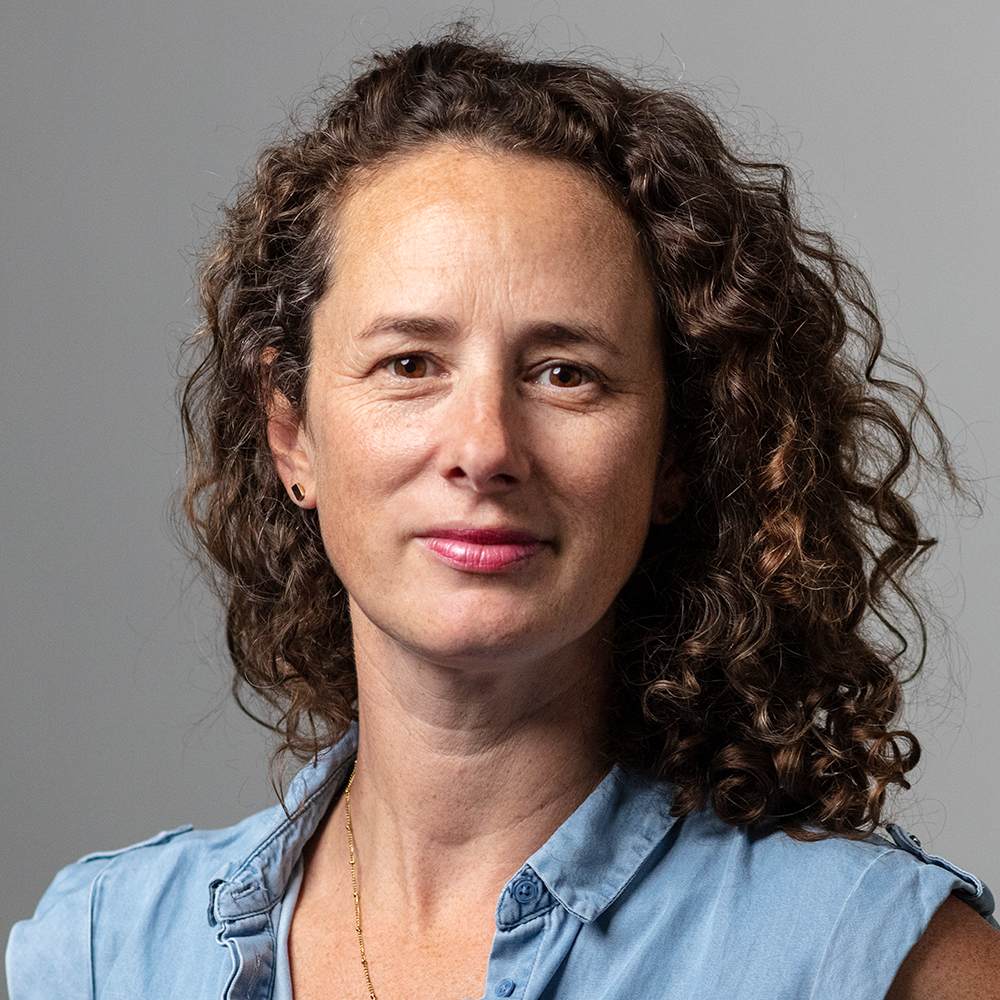
The high stakes fight over drug prices

How much is a new drug worth? That’s the million-dollar question that health authorities around the world are grappling with as pharma companies demand higher prices.
Drug companies and regulators around the world are increasingly at loggerheads over prices for new medicines. In Switzerland, pharma giant Roche recently pulled a cancer drug from the market after failing to agree on a final price with the regulator. In the UKExternal link, some industry heavyweights have scrapped investments and warned they may not sell new drugs in the country after a drawn-out battle with the health secretary over price setting.
Pharma companies argue that drug regulators aren’t rewarding innovation fairly and are asking for unnecessary and costly evidence of the benefits of new treatments. Health authorities, however, worry about the rising cost of innovative medicines and about overpaying for drugs amid growing political and financial pressure to curb skyrocketing spending.
“There is this political tension between how much money do we have and what do we want to pay for,” said Karin Steinbach, a drug pricing expert at Lattice Point Consulting in Geneva. “Countries want patients to get the treatment they need but they also need to have cost control.”

More
How a clash with Roche exposed cracks in Swiss drug pricing system
Clashes between regulators and drugmakers are intensifying, partly as a result of pressure from US President Donald Trump, who has accused other countries of “freeloading” on American innovation by leveraging their regulatory power to secure lower prices.
In May, he signed an executive orderExternal link calling for US drug prices, which are the highest in the world, to match the lowest price in countries with a per capita GDP that’s at least 60% of the level in the US. He’s also called for European countries to pay more for medicines to contribute their “fair share” of the costs of innovation. The 17 largest drugmakers have been given until September 29 to propose plans to lower US prices.
In recent months, big pharma CEOs have adopted a tougher stance towards governments in Europe. Vas Narasimhan, the CEO of Swiss drug giant Novartis, warned in July that companies may not launch new medicines in some markets if governments don’t overhaul their pricing regimes.

More
How pharma became Switzerland’s Achilles heel in US trade talks
Secret prices
Trump’s demands come at a time of major upheaval in the way drug prices are set in many countries. Prior to the 1990s, negotiations between health authorities and pharma companies were largely focused on cost rather than value. Prices were agreed based on what regulators were willing to pay, not on what a drug was worth in terms of health outcomes, and many countries based their prices on what a group of their peers paid.
However, this model began to fracture under the twin pressures of increasing financial strain on healthcare payers and the growing number and cost of new innovative treatments.
SpendingExternal link on cancer medicines globally grew 75% over the last five years, reaching $252 billion (CHF200 billion) in 2024 according to US-based health data analytics firm IQVIA. Amid rising cancer rates, spending is expected to reach over $440 billion by 2029.
Some treatments are life changing but they also come with eye-watering price tags. Last year, the US approved the gene therapy Lenmeldy for a rare, genetic disease of the nervous system with a price tag of $4.25 million, making it the most expensive drug ever. The average launch price of cancer drugs in the US rose from $172,000 in 2017 to $283,00 in 2021 according to a Reuters analysisExternal link.
“In areas like cancer or rare diseases, we have more and more treatments, which is a good thing on the one hand,” said Steinbach. “But prices are very high to fund clinical development.”
Roche told Swissinfo that bringing a new medicine to market requires a decade of work and an investment of CHF5.5 billion with only 10% of drug candidates that enter clinical trials ever making it to market.
Many countries such as Italy, Spain, Japan, and France started demanding discounts and rebates from manufacturers to secure lower prices and early access to treatment. Pharma companies happily agreed provided such agreements were confidential, arguing that secrecy prevents other countries from demanding lower prices than their peers.
But these closed-door deals have led to a situation where the published list price of a drug is largely window dressing. The real prices are blacked out, leaving countries in the dark about what their peers are actually paying. Meanwhile, researchExternal link shows that the size of discounts has been growing.

More
The Swiss start-up upending how the world pays for medicine
“We’ve been trapped in this situation for at least two decades,” said Thomas Hofmarcher, a health economist at the Swedish Institute for Health Economics. “Almost all high-income countries are linking their medicine prices to each other through international reference pricing. But those are built on list prices, which are fictitious.”
There’s little evidence that confidential discounts lower healthcare costs and lead to better health outcomes. Studies show that the price agreed is often disconnected from how effective a medicine is or how much value it brings society. Prices increasingly reflect a regulator’s negotiating power, according to Ivonne Leenen, communications officer at European Cancer Leagues. “Paradoxically, some medicines are more expensive in countries with lower GDP,” she told Swissinfo.
Although health authorities claim to support greater transparency, there has in reality been little concerted effort to move to a more open system that shows the true, net price of a drug.
Getting their money’s worth
The failure to curb costs has led countries to demand greater justification for prices. Nearly every European country now has an agency that carries out Health Technology Assessments (HTAs), evaluations of not only the medical but also the social, ethical and economic consequences of medicines.
“Most European countries that didn’t have an HTA body in the past, have over the last 10-15 years established one,” said Hofmarcher. “That’s a clear sign that providing evidence is more important now than in the past.”
Their approaches vary, but they all aim to assess a medicine’s true value-added. Many do this using a common measure called the quality-adjusted life year (QALY), which allows regulators to put a price on the benefits a drug generates compared with existing treatments or a benchmark.
Quality-Adjusted Life Year is a way of measuring the value of a drug by combining both quantity and quality of life it gives a patient into a single number. This includes the length of life (how many additional years of life a treatment provides) and the quality of life during those extra years (measured on a scale where 1 is perfect health and 0 is death). If a new treatment gives a patient two extra years of life and the quality of life during those years is estimated at 0.7 (on a 0–1 scale), then the QALY of that drug is calculated as 1.4. Some health authorities assign a cost per QALY to assess cost-effectiveness.
“There is more use of cost effectiveness models simply because authorities have realised they’re effective in reducing prices,” said Steinbach.
In 2011, Brazil outlined a process for HTAs in federal law. Japan introduced cost-effectiveness evaluations in 2016 for high-cost drugs like gene therapies. It is gradually expanding to cover other drug categories. Chile, Peru and Argentina are also building cost-effectiveness frameworks.
Some countries have thresholds on the cost per QALY. The National Institute for Health and Care Excellence in the UK has a limit of £20,000–£30,000 (CHF21,600-CHF32,300) per QALY gained. Although this is not a price cap, it is used to assess overall value for money.

More
How drug prices are negotiated in Switzerland and beyond
In Switzerland, there is more focus on price comparisons to other countries than on QALY calculations, but the drug pricing regulator has started to demand more justification for prices.
“A medicine needs to really change a patient’s life, otherwise there is no willingness to pay more than the price of the current standard of care,” said Steinbach. “If an existing drug is working well, it takes a lot for companies to show [a new drug] is worth a higher price.”
Disputes and delays
Industry groups largely support value-based pricing but often disagree with authorities on how it is implemented. Increasingly fractious haggling between regulators and pharma companies has meant negotiations are taking longer, delaying or restricting access to newly approved medicines.
Under Swiss law, it should take 60 days from the date a drug secures authorisation to its inclusion in the reimbursement list of the compulsory health insurance system. But from 2017 to 2020 it tookExternal link on average 191 days in part because of disagreements over prices.
In Europe, only 29% of medicines approved in the three years prior to 2024 were available to patients through central insurance reimbursement, down from 42% in 2019, according to the W.A.I.T. studyExternal link from the European Federation of Pharmaceutical Industries and Associations. As patients wait for medicine, more countries including Switzerland have resorted to emergency mechanisms to ensure individual patients still receive it.
Drugs that are widely available in the US have also been rejected by some European price regulators on the grounds they aren’t cost-effective, including the Alzheimer’s treatment Leqembi and the breast cancer drug Enhertu. Between 2019-2023, the Swedish HTA bodyExternal link rejected 54 drug reimbursement applications, largely because the cost was too high for the benefit.
Some pharma companies have left markets or not launched drugs at all because of disputes with national regulators over pricing. US-based biotech firm Bluebird Bio ended commercial operations in Europe in 2022 citing the high hurdles it faced in convincing European countries to pay for its gene therapies. In July Roche pulled its cancer drug Lunsumio from the Swiss market after authorities insisted on more evidence before agreeing on a final price.
There are no signs of solutions to the current drug pricing woes, and experts suggest that Trump’s calls for higher prices in other countries will only lead to more disputes with drugmakers, delays for patients, and greater secrecy.
“What the US doesn’t understand is that European healthcare systems, many of which are funded by the state, can’t afford to pay more,” said Hofmarcher. “They are already struggling to pay for healthcare services.”
Edited by Nerys Avery/vm/ac

In compliance with the JTI standards
More: SWI swissinfo.ch certified by the Journalism Trust Initiative

















![The four-metre-long painting "Sonntag der Bergbauern" [Sunday of the Mountain Farmers, 1923-24/26] had to be removed by a crane from the German Chancellery in Berlin for the exhibition in Bern.](https://www.swissinfo.ch/content/wp-content/uploads/sites/13/2025/12/01_Pressebild_KirchnerxKirchner.jpg?ver=8f77363a)












You can find an overview of ongoing debates with our journalists here . Please join us!
If you want to start a conversation about a topic raised in this article or want to report factual errors, email us at english@swissinfo.ch.